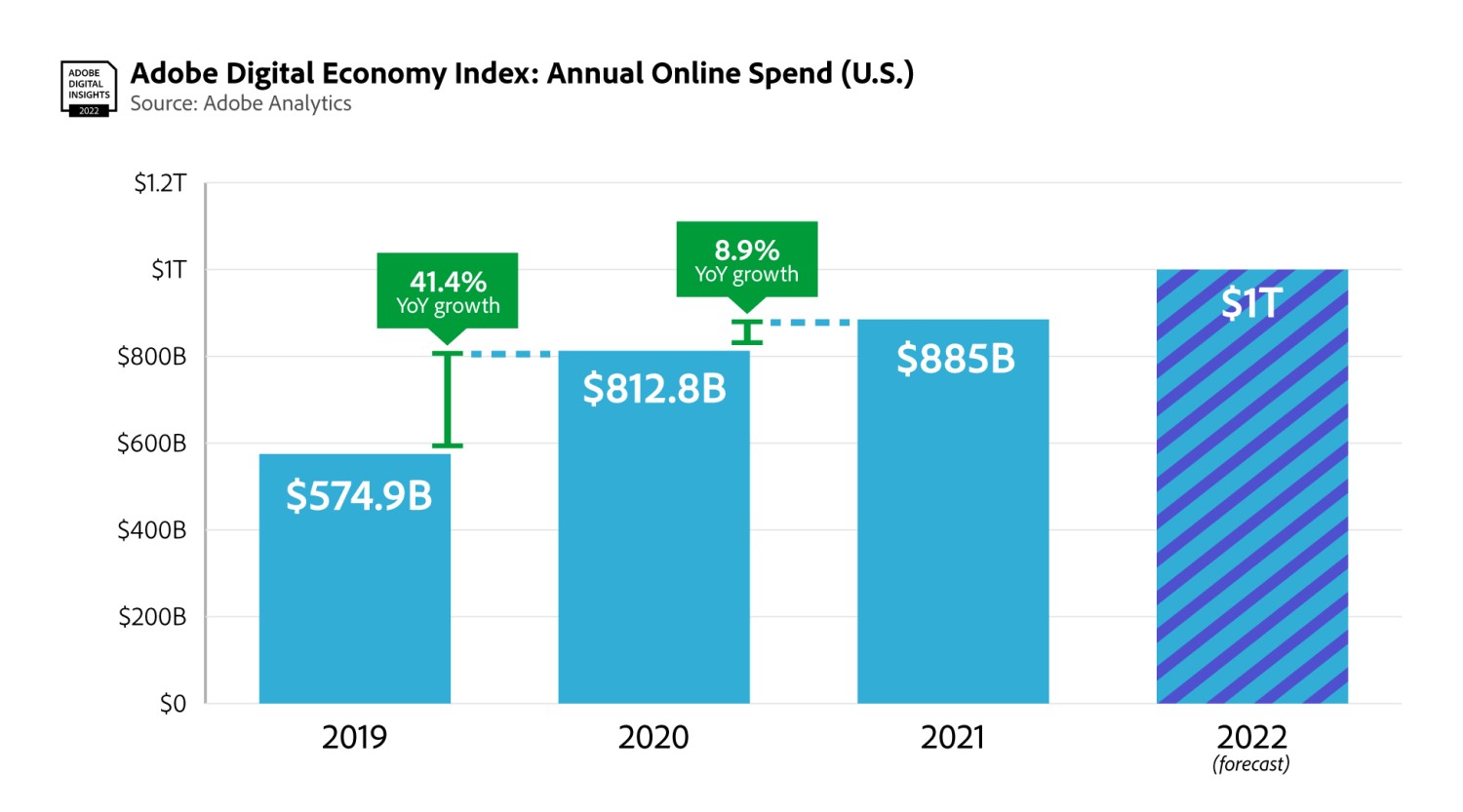
E-commerce Trends Post-Pandemic Shopping Behaviors
In the wake of a global pandemic that reshaped the way we live, E-commerce Trends Post-Pandemic Shopping Behaviors have experienced a profound transformation. Shoppers have embraced new habits and preferences, and the e-commerce landscape has adapted accordingly. In this comprehensive exploration, we delve into the intricacies of these evolving trends, illuminating the path for businesses and consumers alike.
The New Normal: E-commerce Trends Post-Pandemic Shopping Behaviors
A Shift in Priorities
The pandemic catalyzed a shift in consumer priorities. Health and safety became paramount, prompting a surge in online shopping as people sought to minimize physical interactions. Convenience, reliability, and contactless options became non-negotiable.
The Rise of Hybrid Shopping
As the digital world and brick-and-mortar stores converge, a new trend emerges - hybrid shopping. Consumers now blend the online and offline shopping experiences, making informed choices that prioritize both convenience and tactile interaction.
Personalization Redefined
E-commerce platforms have upped their game in personalization. AI-driven recommendations, tailored content, and individualized shopping experiences have become the norm, creating a sense of exclusivity for each customer.
Sustainable Shopping Takes Center Stage
Eco-conscious consumers have driven the surge in sustainable e-commerce. Brands are embracing eco-friendly practices, from sourcing to packaging, to meet the growing demand for environmentally responsible products.
Mobile Commerce on the Rise
The accessibility of smartphones has catapulted mobile commerce into the limelight. Consumers increasingly use their mobile devices for shopping, prompting businesses to optimize their mobile platforms for a seamless experience.
The Social Commerce Revolution
E-commerce and social media are now inseparable. The rise of social commerce blurs the lines between entertainment and shopping, creating a unique and engaging space for consumers.
Navigating Supply Chain Challenges
Supply chain disruptions have forced e-commerce businesses to rethink their strategies. They've turned to data-driven solutions and diversification to weather these challenges.
Adapting to the Shift: Strategies for Success
Enhancing User Experience
A user-centric approach, with seamless navigation, is essential for e-commerce success. Customers should find what they need swiftly and effortlessly.
Data-Driven Decision Making
Leveraging data for insight-driven decisions is pivotal. Analyzing customer behavior and market trends guides business strategies effectively.
Embracing Sustainable Practices
Incorporating sustainability in your brand's DNA resonates with today's eco-conscious consumers. It's not just a trend; it's a value.
SEO and Content Marketing
Investing in SEO and content marketing ensures your brand stands out in the digital marketplace. Fresh, relevant content is the key to visibility.
In the dynamic world of E-commerce Trends Post-Pandemic Shopping Behaviors, adaptability and consumer-centricity are paramount. Businesses that acknowledge the shifting landscape and cater to these trends will thrive. As we look ahead, it's crucial to stay on the pulse of these ever-evolving behaviors to remain competitive.
Frequently Asked Questions
-
How has the pandemic influenced e-commerce trends?
- The pandemic accelerated the shift to online shopping, emphasizing safety and convenience.
-
What is the role of sustainability in e-commerce trends?
- Sustainability is a significant driver, with eco-conscious consumers shaping the demand for eco-friendly products.
-
Why is user experience crucial for e-commerce success?
- User experience directly impacts customer satisfaction and retention, making it a core element for success.
-
What are the challenges in the supply chain faced by e-commerce businesses?
- Supply chain disruptions have necessitated data-driven solutions and diversification to overcome challenges.
-
How can businesses effectively use data for decision making in e-commerce?
- Utilizing data to understand customer behavior and market trends is vital for making informed decisions.
-
What is social commerce, and how does it affect e-commerce trends?
- Social commerce integrates social media and e-commerce, creating an engaging shopping experience for consumers.
Summary: In this article, we've explored the profound changes in E-commerce Trends Post-Pandemic Shopping Behaviors. We've witnessed a shift in priorities, the rise of hybrid shopping, and the redefinition of personalization. Sustainability, mobile commerce, and social commerce have also taken center stage. To succeed in this evolving landscape, businesses must enhance user experiences, leverage data, embrace sustainability, and prioritize SEO and content marketing.
